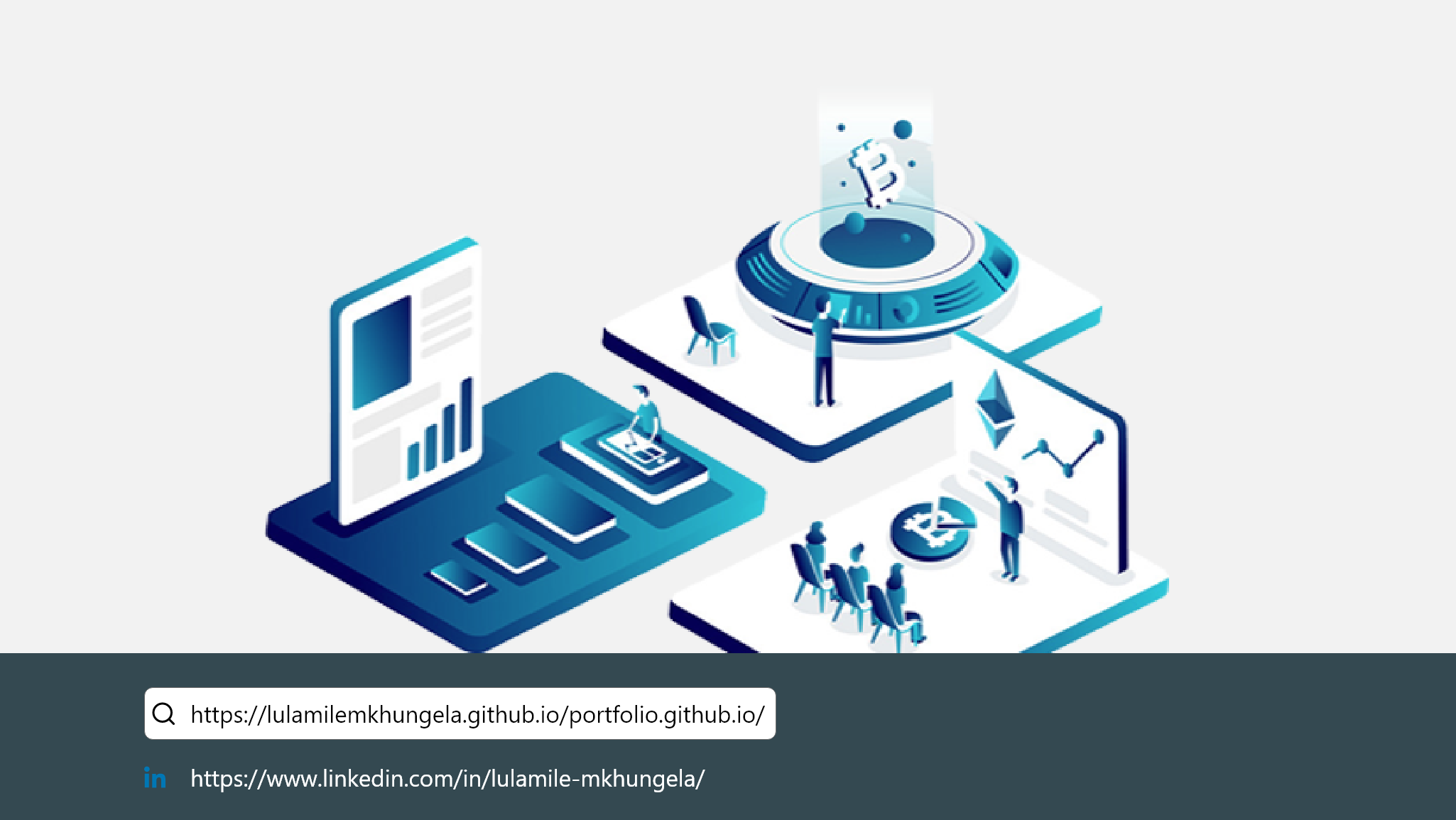Top 10 Software Development Trends To Watch In 2023

UI/UX Design Software Development
2023-02-18 12:07:21
The field of software development is constantly evolving, driven by advancements in technology and the increasing demands of businesses and consumers. Staying ahead of the curve and being aware of the latest trends is crucial for software developers and organizations. In this article, we will explore the top 10 software development trends to watch in 2023.
Here are some essential tips to help you keep your development system on track:
- 1. Artificial Intelligence (AI) and Machine Learning (ML)
Integration:
AI and ML are becoming integral to software development. In 2023, we can expect increased adoption of AI and ML technologies to enhance software capabilities. Developers will leverage AI algorithms for automation, predictive analytics, and natural language processing, enabling smarter and more efficient applications. - 2. Low-Code/No-Code Development:
Low-code and no-code development platforms have gained significant momentum in recent years, allowing users to build applications with minimal coding knowledge. These platforms empower citizen developers to create software solutions quickly, reducing development time and costs. In 2023, the low-code/no-code trend will continue to expand, making software development more accessible to a broader range of individuals. - 3. Progressive Web Applications (PWAs):
PWAs combine the best features of web and mobile applications, providing a seamless user experience across multiple devices. With PWAs, developers can create responsive, fast-loading, and offline-capable applications. As users increasingly demand mobile-like experiences on the web, PWAs will become a dominant trend in 2023. - 4. Internet of Things (IoT) Integration:
The IoT market continues to grow rapidly, with an increasing number of connected devices. Software developers will need to focus on IoT integration to harness the potential of this technology. In 2023, we can expect more emphasis on developing software solutions that seamlessly connect with IoT devices, enabling better data collection, analysis, and automation. - 5. Edge Computing:
Edge computing brings computation and data storage closer to the source, reducing latency and improving performance. With the rise of IoT and real-time applications, edge computing will gain prominence in 2023. Software developers will need to optimize their applications to leverage the benefits of edge computing, ensuring efficient data processing and delivery. - 6. Cybersecurity and Privacy:
As digital threats continue to evolve, cybersecurity and privacy will remain critical concerns for software developers. In 2023, developers will prioritize building secure applications, implementing robust authentication mechanisms, and adhering to privacy regulations like GDPR and CCPA. AI-powered cybersecurity tools will also play a significant role in identifying and mitigating potential risks. - 7. Quantum Computing:
Quantum computing holds immense potential for solving complex problems that traditional computers struggle with. Although still in its nascent stages, quantum computing will gain traction in 2023. Software developers will explore quantum algorithms and develop applications that harness the power of quantum computers, opening up new avenues for scientific simulations, optimization, and cryptography. - 7. Quantum Computing:
Quantum computing holds immense potential for solving complex problems that traditional computers struggle with. Although still in its nascent stages, quantum computing will gain traction in 2023. Software developers will explore quantum algorithms and develop applications that harness the power of quantum computers, opening up new avenues for scientific simulations, optimization, and cryptography. - 8. Blockchain Technology:
Blockchain is not limited to cryptocurrencies; it offers secure and transparent solutions across various industries. In 2023, developers will explore blockchain's potential beyond finance, including supply chain management, healthcare, and digital identity verification. Smart contracts and decentralized applications (DApps) will continue to evolve, transforming the way transactions are conducted and data is stored. - 9. DevOps and Agile Practices:
DevOps and Agile methodologies have revolutionized software development, promoting collaboration, continuous integration, and rapid deployment. In 2023, these practices will continue to dominate, as organizations strive for faster software delivery, enhanced quality, and increased customer satisfaction. Automation and containerization tools like Docker and Kubernetes will further streamline the DevOps pipeline. - 10. Extended Reality (XR):
XR encompasses virtual reality (VR), augmented reality (AR), and mixed reality (MR) technologies. In 2023, we can expect significant advancements in XR, with software developers leveraging these technologies to create immersive experiences across industries such as gaming, training, healthcare, and architecture. XR will provide new avenues for user interaction and engagement.
The software development landscape in 2023 will be shaped by these top 10 trends. From AI and ML integration to low-code/no-code development, IoT integration, and quantum computing, developers need to stay informed and adapt to the evolving demands of the industry. By embracing these trends, software developers can build innovative and future-proof solutions that cater to the needs of businesses and users in the digital age.
Recent UX Research Blogs
- Diversed-edit playground feature
- What is the Difference Between Android and iOS UI Design?
- Figma Dev Mode brings designers & devs together
- Principles in UI Design & UX Laws
- The key components of a design system are
- UX research methods
- How to Maintaining Consistency in Design Systems?
- What Is Brand Strategy? Definition and Guide
- 20 Figma plugins every designer must have
